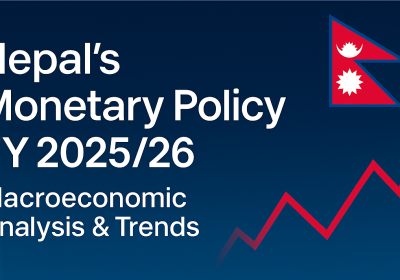Nepal experienced a severe late-monsoon disaster on October 4–5, 2025, when incessant heavy
rainfall triggered widespread landslides and flash floods across eastern, central, and southern
regions. The deluge caused dozens of fatalities (at least 47 confirmed), left nine people missing,
and injured many more[1][2]. Entire villages were swept away or buried under mud, and major
highways, bridges, and power lines were damaged or destroyed, effectively cutting off the
Kathmandu Valley and other areas from road access[3][4]. The catastrophe struck just after
Nepal’s Dashain festival, catching thousands of returning travelers in transit and compounding
the logistical challenges[5]. Beyond the tragic loss of life, this disaster has far-reaching economic
ramifications and credit rating implications. Key sectors, from small businesses and agriculture
to infrastructure and finance are under strain. This research brief analyzes the impacts through
four themes: (1) Institutional response and disaster governance; (2) Business interruption and
credit stress; (3) Infrastructure damage and public finance; (4) Agricultural and rural livelihood
disruption, with an emphasis on qualitative insights and policy implications.
Blog Post



